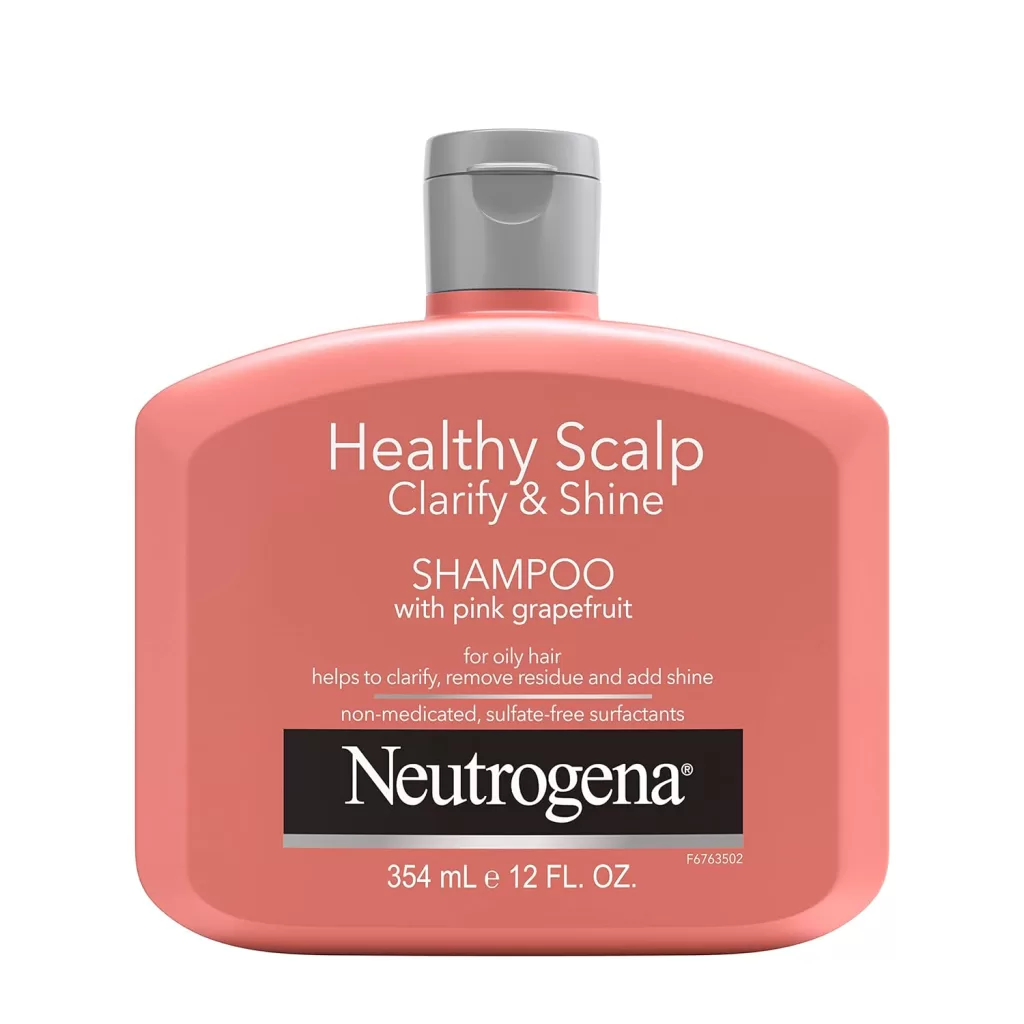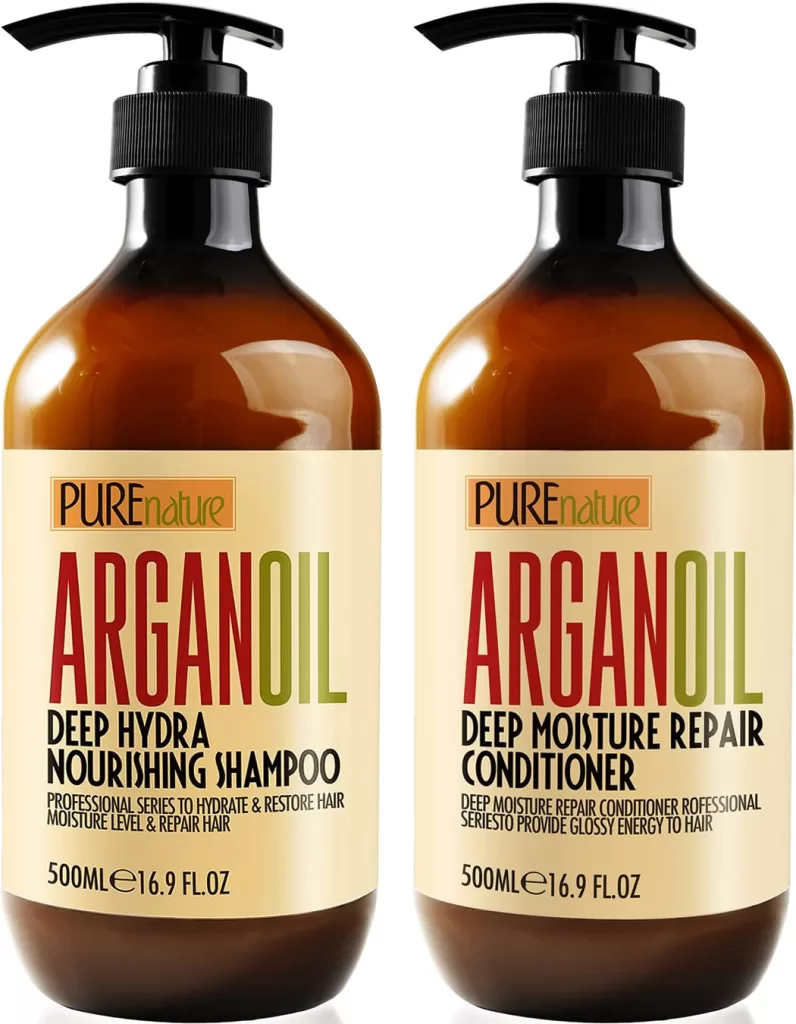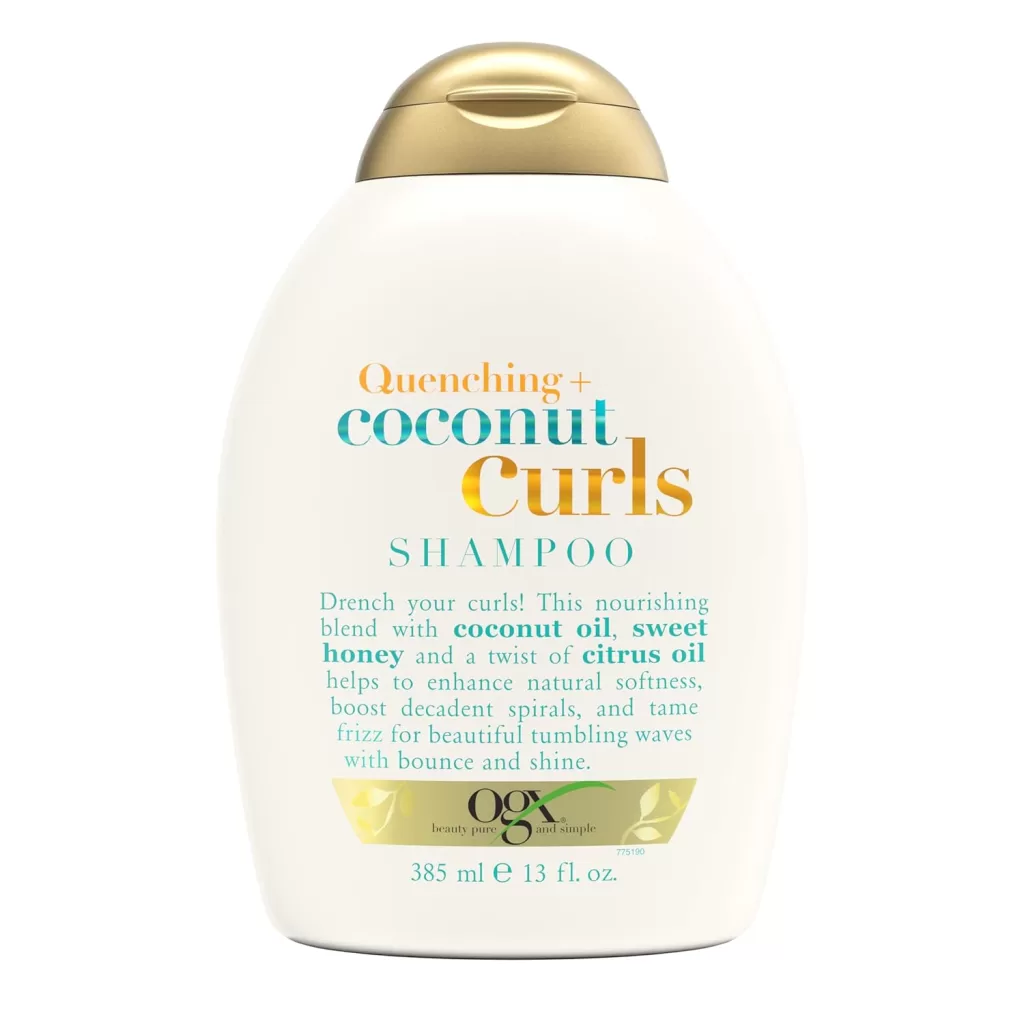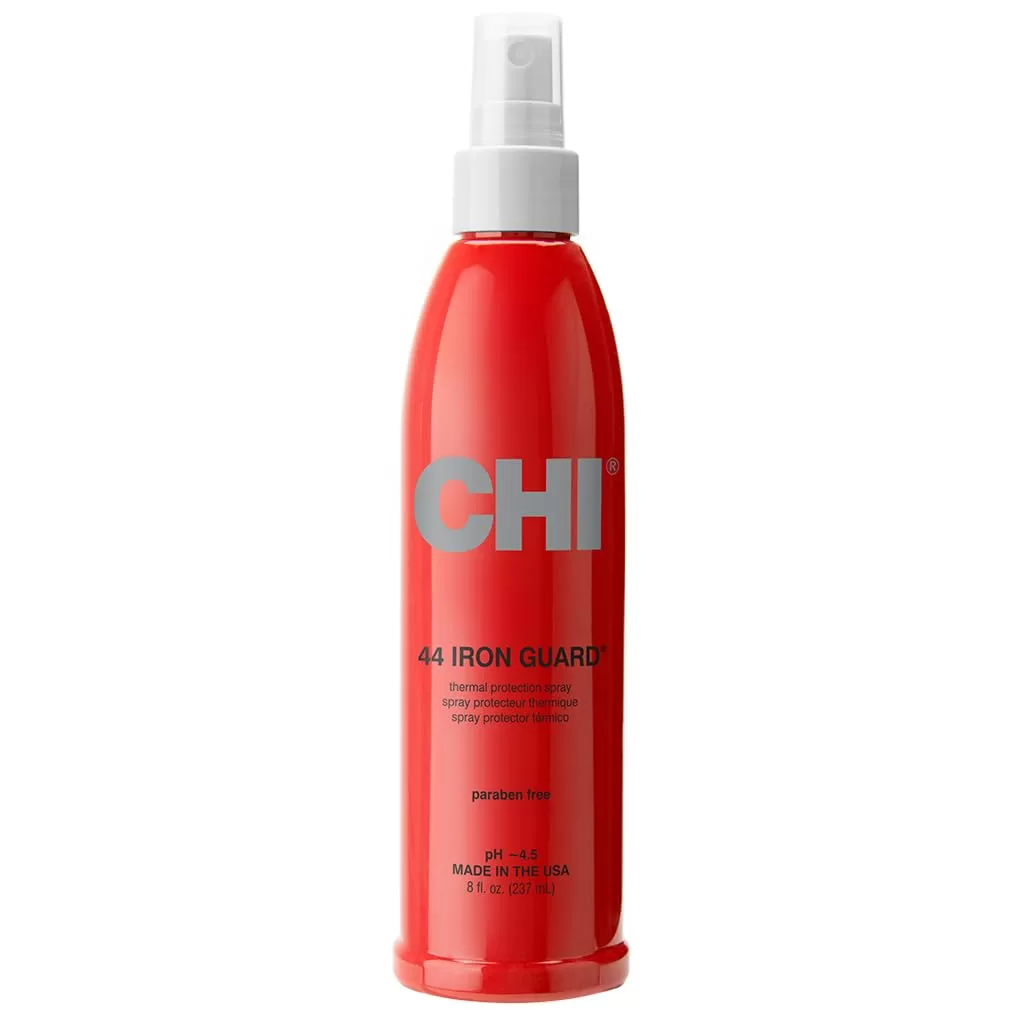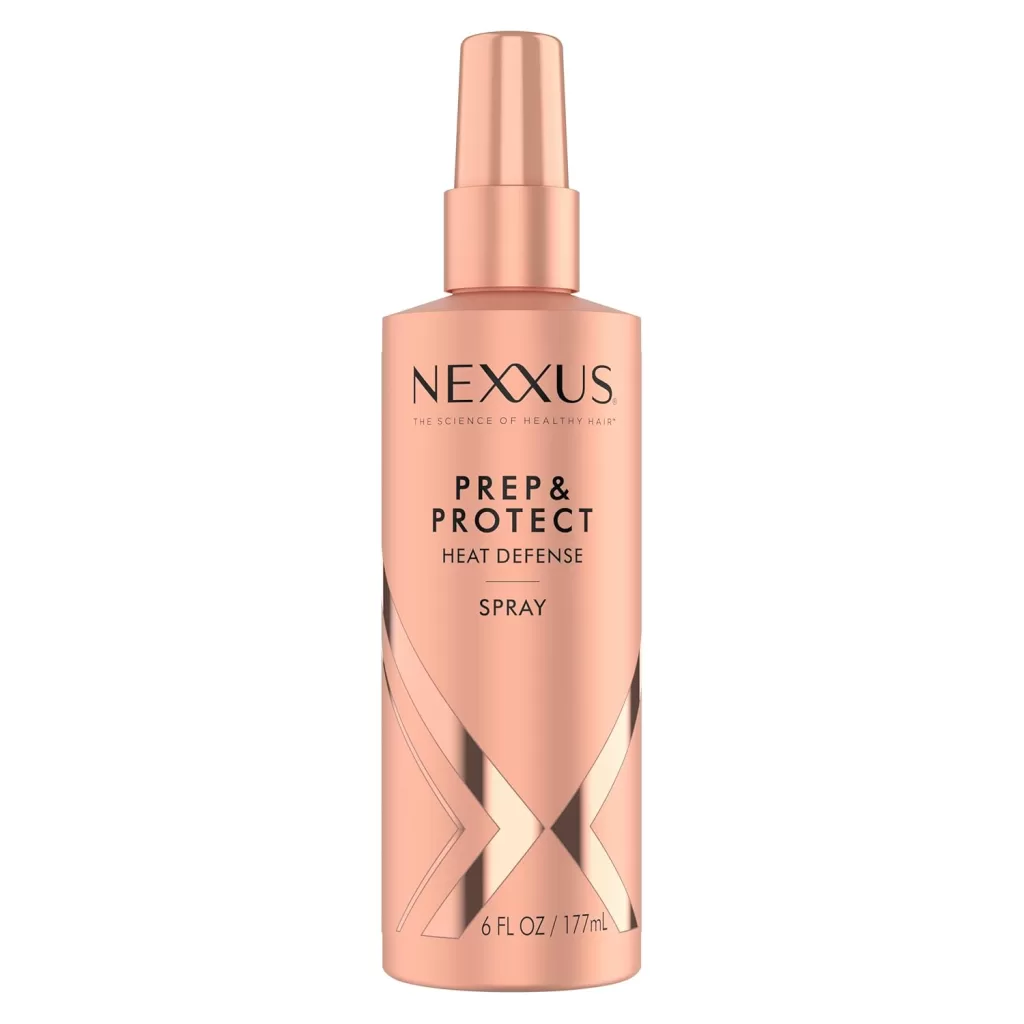How to Create a Hair Care Routine That Works for You
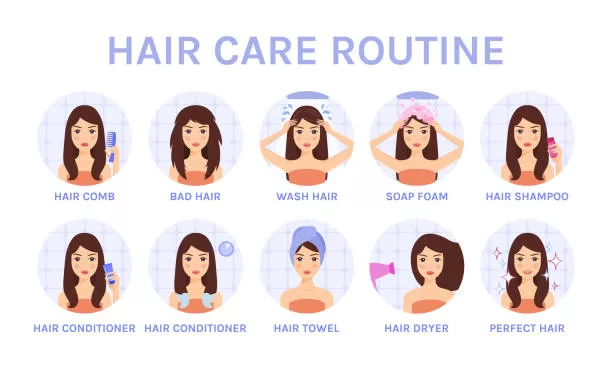
A customized hair care routine is essential for maintaining healthy, vibrant hair. Knowing your hair type, understanding its needs, and selecting the right products can make a huge difference. Whether your hair is curly, straight, fine, or thick, there are specific steps you can follow to create a hair care routine that truly works for you. In this guide, we’ll walk you through the process to develop a personalized routine that ensures your hair looks its best.
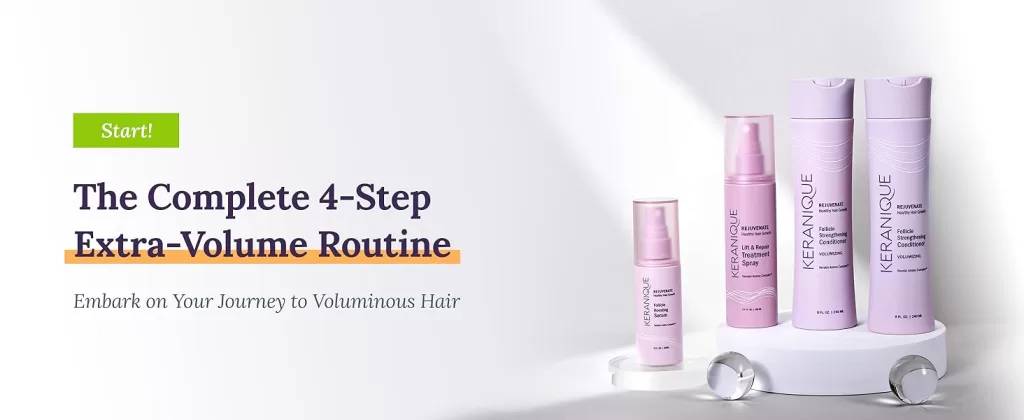
Why a Personalized Hair Care Routine Matters
Every hair type has different needs, and using a one-size-fits-all approach can leave your hair either undernourished or overwhelmed by too many products. A well-structured routine helps balance moisture, nourishment, and protection, ensuring that your hair is consistently in good condition.
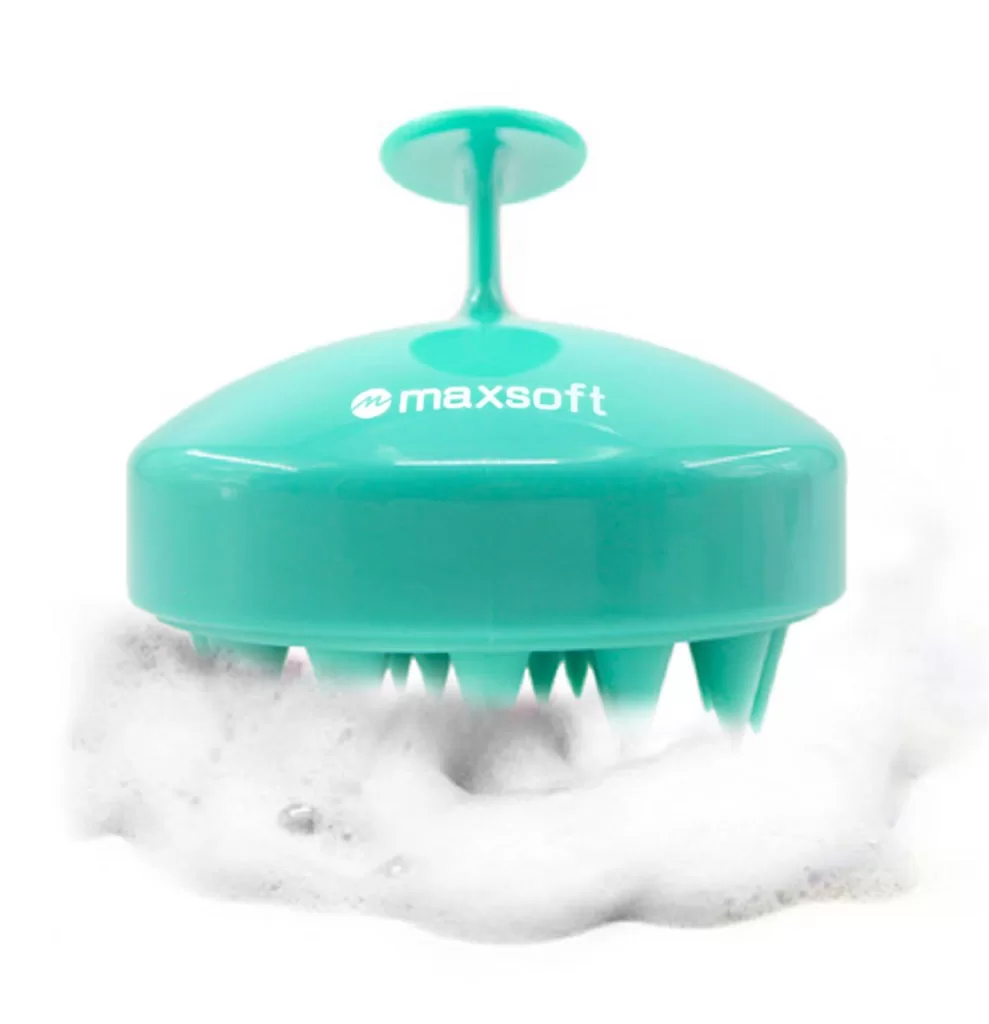
MAXSOFT Hair Scalp Massager Shampoo Brush, Scalp Care Brush
Determine Your Hair Type before you Create a hair care routine
Understanding your hair type is the first step in creating a hair care routine. Hair types generally fall into four categories: straight, wavy, curly, and coily. Additionally, your hair can vary in thickness, porosity, and scalp condition. Each characteristic affects the type of products you need to use.
Identifying Your Hair’s Texture
- Straight Hair: Naturally sleek and prone to oil buildup.
- Wavy Hair: Has a natural bounce but can frizz easily.
- Curly Hair: Often needs more moisture and frizz control.
- Coily Hair: Very dry and prone to breakage if not properly moisturized.
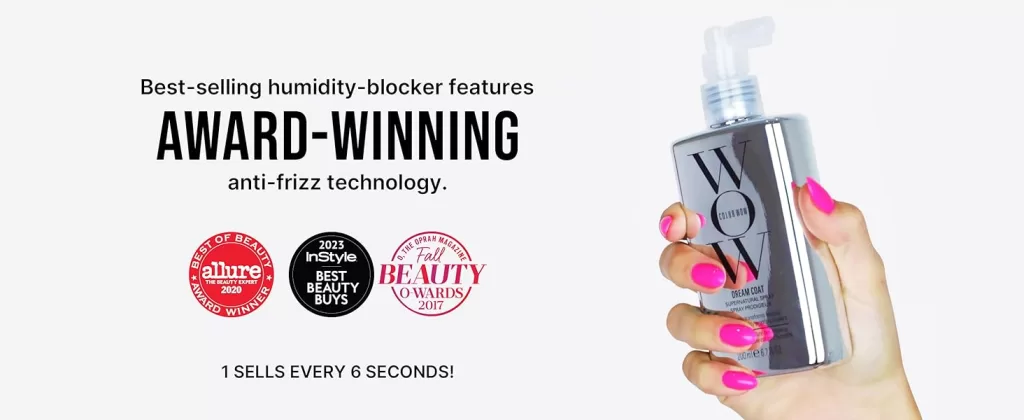
Understanding Hair Porosity
Porosity refers to how well your hair absorbs and retains moisture.
- Low Porosity: Moisture struggles to penetrate the hair shaft.
- Medium Porosity: Hair retains moisture well and is easy to manage.
- High Porosity: Hair quickly absorbs moisture but loses it just as fast.
Cleanse: Choosing the Right Shampoo
Using the right shampoo is crucial to maintaining a clean and healthy scalp. Select shampoos based on your hair type and scalp condition. For example, if you have oily hair, opt for a clarifying shampoo. On the other hand, if you have dry hair, a hydrating or sulfate-free shampoo will help retain moisture.
Shampoo Frequency
- Oily Hair: Wash every other day to control oil production.
- Dry Hair: Wash once or twice a week to preserve natural oils.
- Curly Hair: Opt for a co-wash (conditioner-only wash) between regular shampoos.
Moisturize: Selecting the Best Conditioner
Conditioners provide the moisture that your hair needs after shampooing. Choose a conditioner based on your hair type to ensure you’re nourishing it properly. For curly and coily hair, a leave-in conditioner is often necessary for additional moisture.
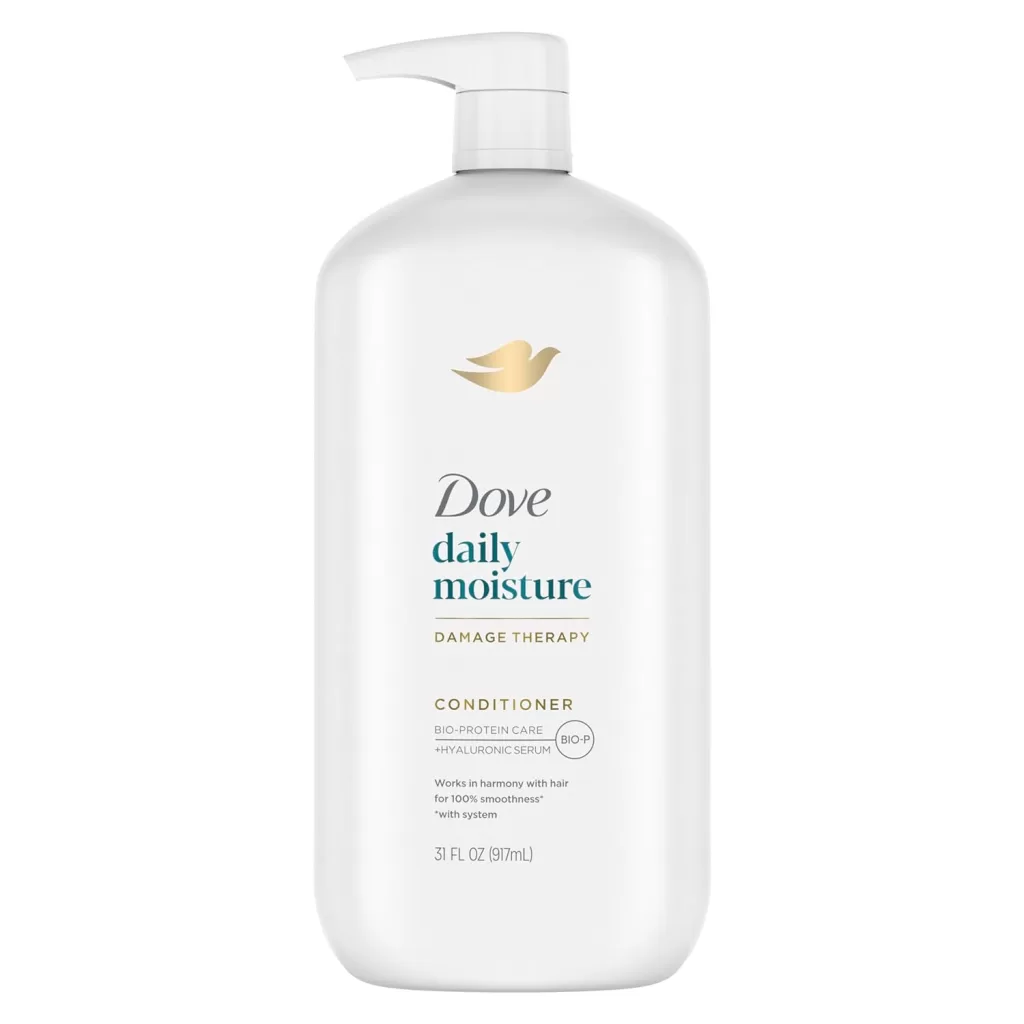
Dove Ultra Care Conditioner Daily Moisture Pack of 4 For Dry Hair Conditioner with Bio-Restore Complex 31 oz
How to Apply Conditioner
Focus conditioner on the mid-lengths and ends of your hair, as these areas are more prone to dryness and damage. Avoid the scalp unless you have extremely dry hair, as over-conditioning near the roots can lead to buildup.
Deep Conditioning and Hair Masks A Big Part To Create a hair care routine
Incorporating deep conditioning treatments or hair masks into your routine once a week can provide your hair with an extra dose of hydration and nutrients. Hair masks with proteins, vitamins, and essential oils work well for dry and damaged hair, while lightweight treatments suit those with fine or oily hair.
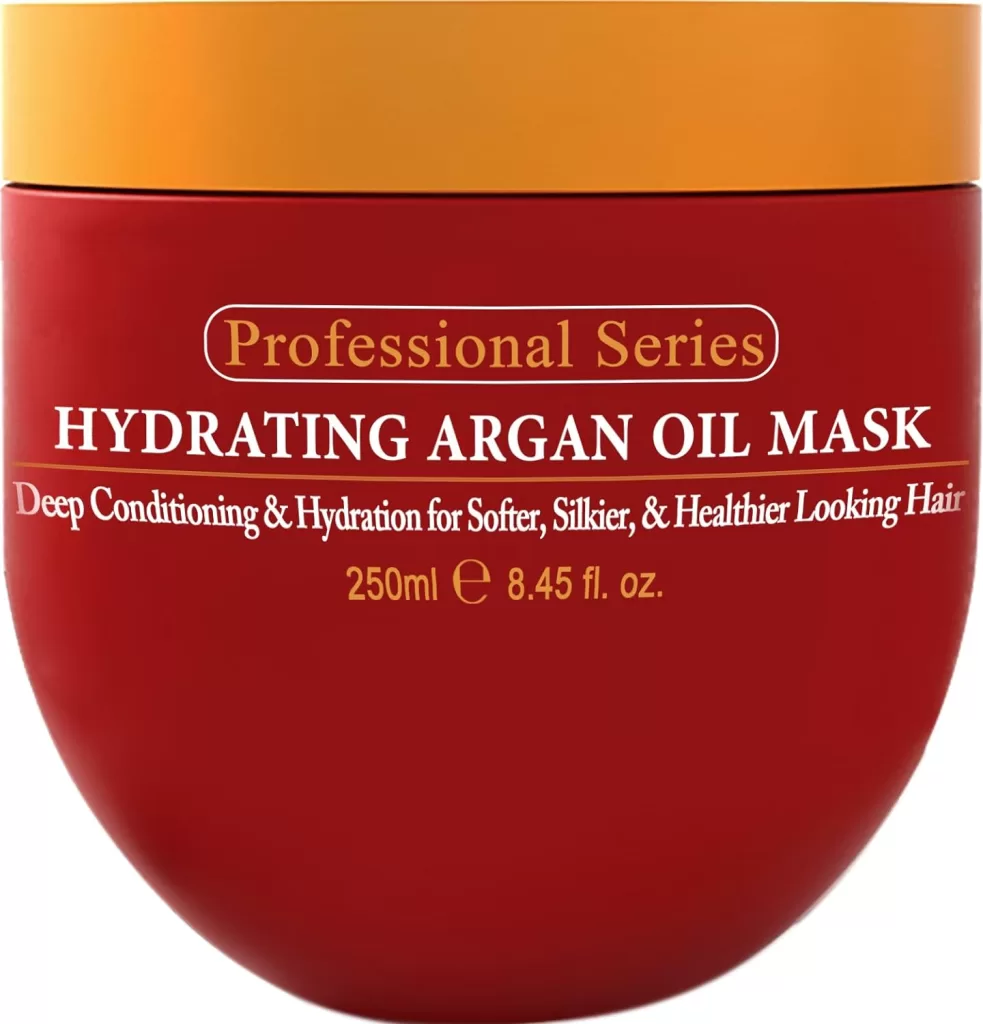
Arvazallia Hydrating Argan Oil Hair Mask and Deep Conditioner for Dry or Damaged Hair – 8.45 Oz
Protecting Hair: Leave-in Conditioners and Oils
Leave-in conditioners and hair oils are vital for keeping hair protected throughout the day. They help seal moisture, smooth frizz, and shield your hair from environmental damage.
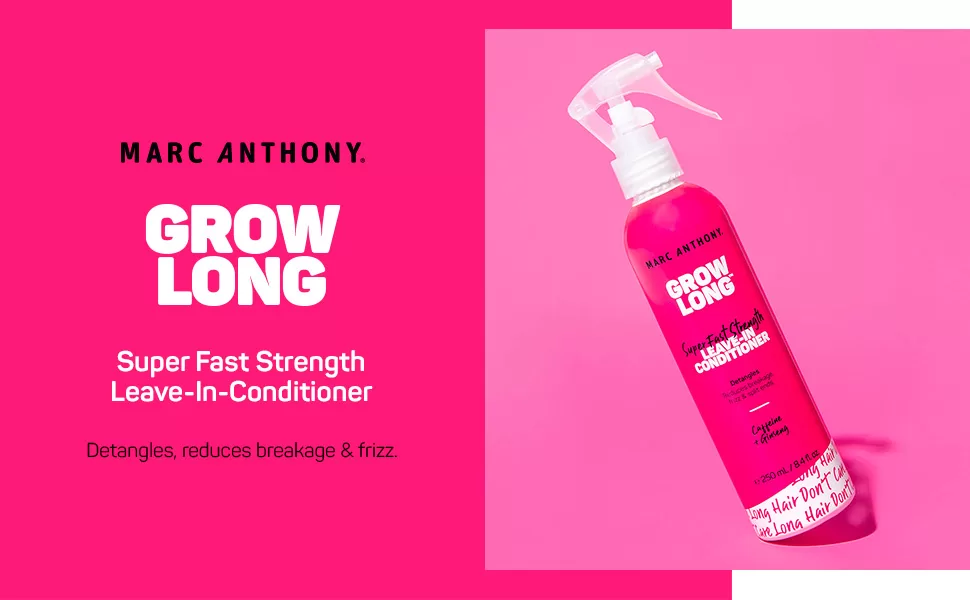
Best Practices for Applying
- Apply to damp hair, focusing on the ends.
- Use a wide-tooth comb to distribute the product evenly.
- Avoid overloading your hair with too much product to prevent a greasy look.
Styling: Heat and Product Protection
Styling your hair can put strain on it, especially when using heat tools like blow dryers or straighteners. Always use heat protectants to minimize damage. Additionally, select styling products that align with your hair’s needs—lightweight serums for fine hair, and creamy moisturizers for thicker, curly hair.
Heat Styling Tips
- Set tools to a medium temperature to prevent excessive heat exposure.
- Use a heat protectant spray or serum before styling.
- Limit heat styling to once or twice a week to avoid damage.
Trimming for Healthier Hair
Regular trims are essential for removing split ends and maintaining the overall health of your hair. Aim to trim your hair every 6-8 weeks to keep it looking fresh and to prevent breakage.
Start to build and Create a hair care routine That Works for You
Step 1: Assess Your Hair’s Needs
Before starting your routine, assess your hair’s current condition. Is it dry, oily, frizzy, or lacking volume? Understanding your hair’s specific needs will guide your choice of products and steps.
Step 2: Establish a Wash Schedule
Based on your hair type, determine how frequently you need to shampoo and condition. Make adjustments as needed, depending on how your hair responds to your routine.
Step 3: Incorporate Treatments
Whether you need to address dryness, damage, or frizz, incorporating treatments such as deep conditioners and leave-in products will give your hair the extra care it needs.
Step 4: Protect Your Hair
Use heat protection, avoid over-styling, and always shield your hair from environmental stressors like the sun and pollution.
Step 5: Review and Adjust
No hair care routine is set in stone. As the seasons change or your hair’s condition shifts, adjust your routine accordingly. Experiment with new products, but always prioritize what works best for your hair type.
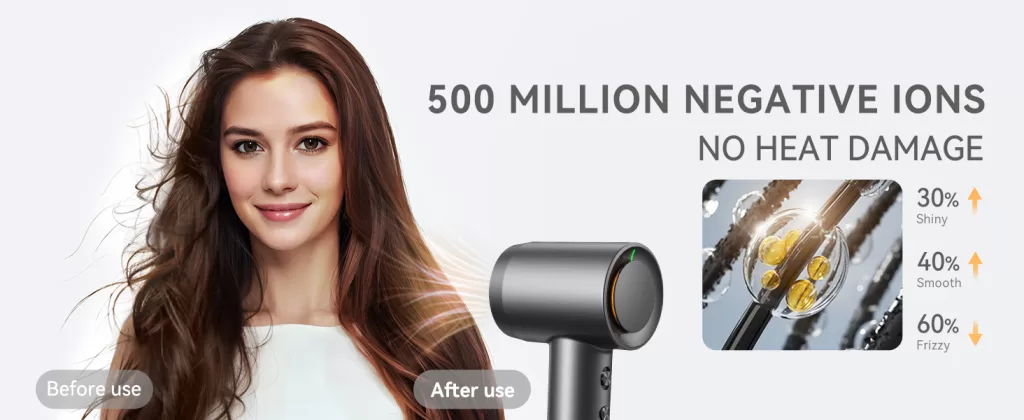
Internal and External Resources
For more hair care advice, visit The Ultimate Guide to Choosing Hair Products and How to Maintain Healthy Hair Year-Round. You can also explore external guides such as Hair Type and Porosity Guide from Allure for additional insights.
Final Thoughts on: Create a hair care routine
Creating a hair care routine that works for you doesn’t have to be complicated. By understanding your hair type and its unique needs, you can select the right products and steps to ensure your hair remains healthy, manageable, and beautiful. Consistency and attention to your hair’s evolving needs will lead to the best results.
Explore more articles like this @ Where And How Resources
Share This Article:
If you found this article helpful, don’t forget to share it with your friends and followers! Use the buttons below to easily spread the word on your favorite social media platforms. Sharing is caring!

